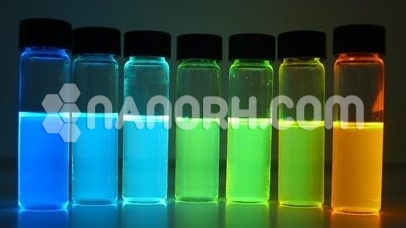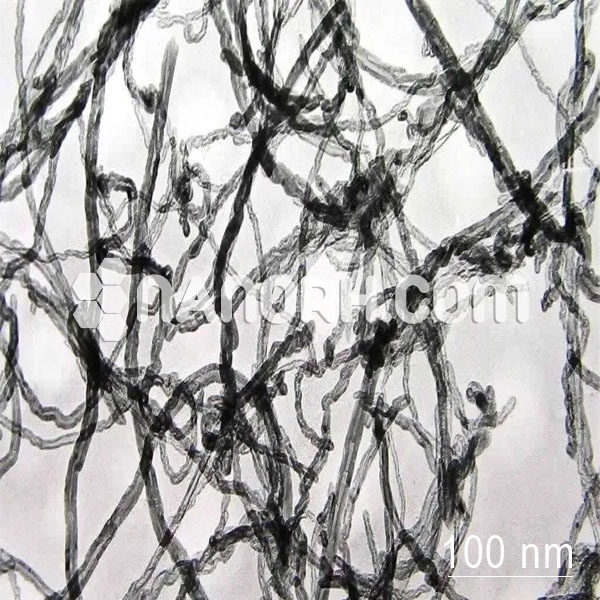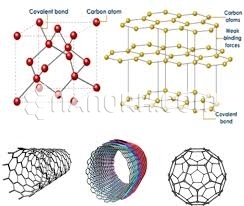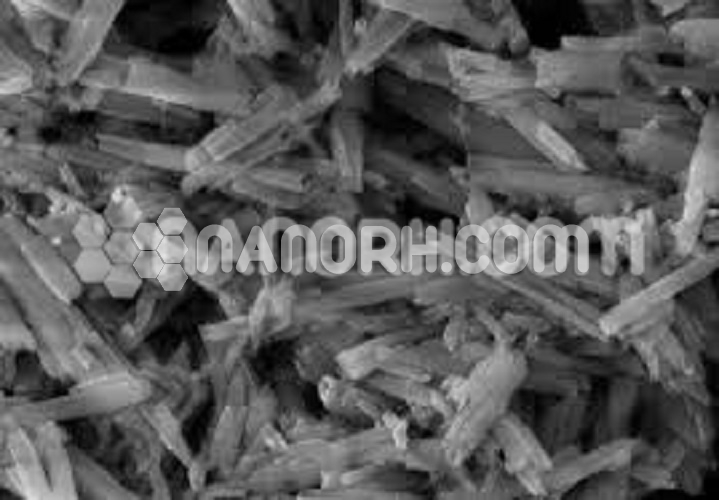Vanadium Metal Organic Frameworks (V-MIL-47, Purity: 99%, APS: 30-40µm)
| Vanadium Metal-Organic Frameworks | |
| Product No | NRE-31121 |
| CAS No. | 7440-62-2 |
| Formula | NA |
| APS | <40µm (can be customized) |
| Molecular Weight | 604.87 g/ mol |
| Purity | 99.9% |
| Density | 0.35 g/ cm3 |
| Pore Size | ~10Å |
| Odor | Odorless |
| SSA | ~1300 m2/g (BET) |
| Color | Silvery |
Vanadium Metal-Organic Frameworks
Applications
Catalysis V-MOFs are widely researched for their catalytic properties, particularly in oxidation reactions. Vanadium is known for its ability to participate in redox reactions, and when incorporated into a MOF, it can act as a catalyst for a wide variety of organic transformations. For example, V-MOFs have been studied for epoxidation reactions, where they can catalyze the oxidation of alkenes to epoxides, and C-H activation reactions, where they enable the functionalization of hydrocarbons. Additionally, V-MOFs are used in heterogeneous catalysis for reactions such as hydrogenation, dehydrogenation, and oxidative coupling. Their high surface area, stability, and tunable active sites make V-MOFs highly efficient in catalysis, especially for green chemistry processes that require sustainable and efficient catalytic systems.
Energy Storage V-MOFs are also explored for their potential in energy storage applications, particularly in batteries and supercapacitors. The redox activity of vanadium allows V-MOFs to store and release ions in a controlled manner, making them ideal candidates for battery technologies like lithium-ion and sodium-ion batteries. In particular, vanadium-based materials, such as the vanadium redox flow battery (VRFB), have been extensively studied for large-scale energy storage. V-MOFs could be used as an alternative to traditional electrodes in these systems, potentially offering higher capacity, longer cycle life, and faster charge/discharge rates. Additionally, the high porosity of V-MOFs enables efficient ion transport and charge storage, which enhances the overall performance of supercapacitors.
Gas Storage and Separation V-MOFs are also valuable in gas storage and separation due to their high surface area and ability to adsorb various gases. Their porous structure makes them ideal candidates for storing and separating gases like hydrogen (H₂), carbon dioxide (CO₂), methane (CH₄), and nitrogen (N₂). For instance, V-MOFs can be used for hydrogen storage in fuel cells, where efficient and safe storage of hydrogen gas is critical.




